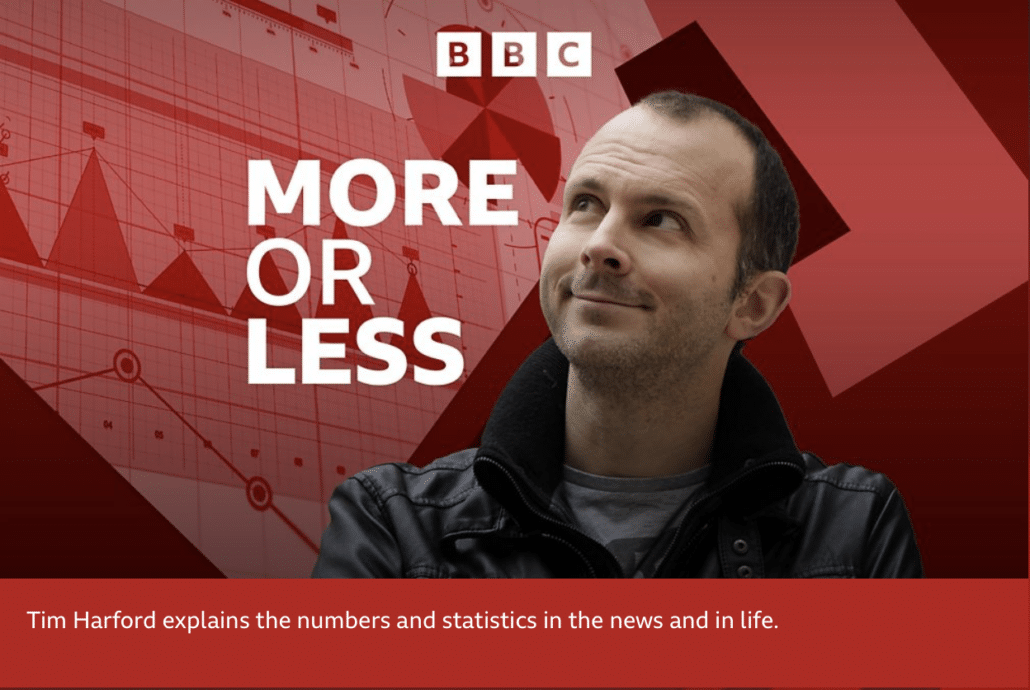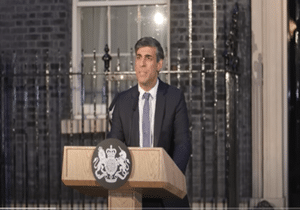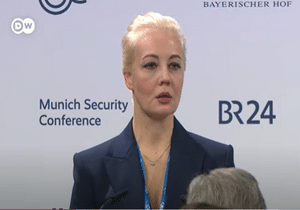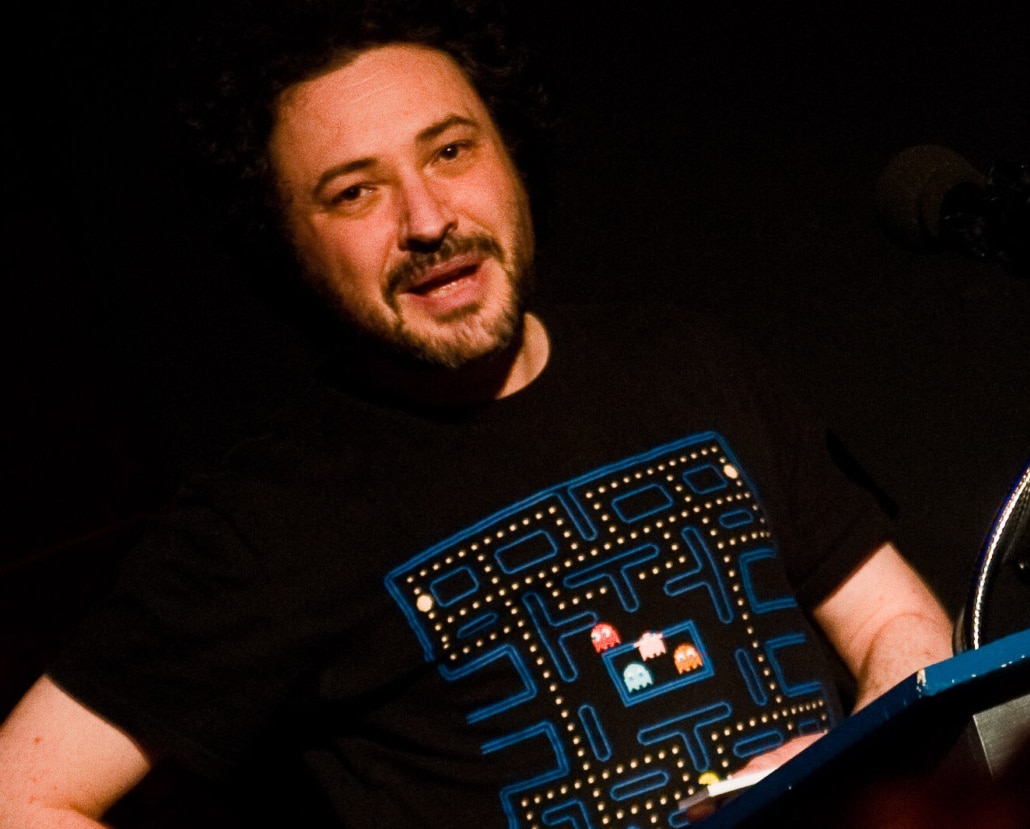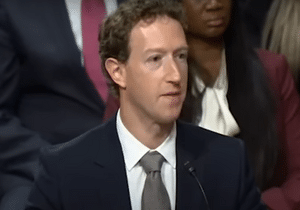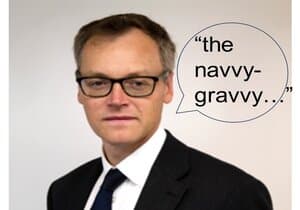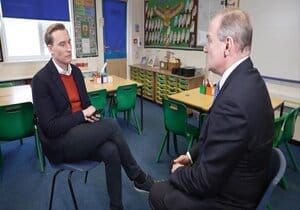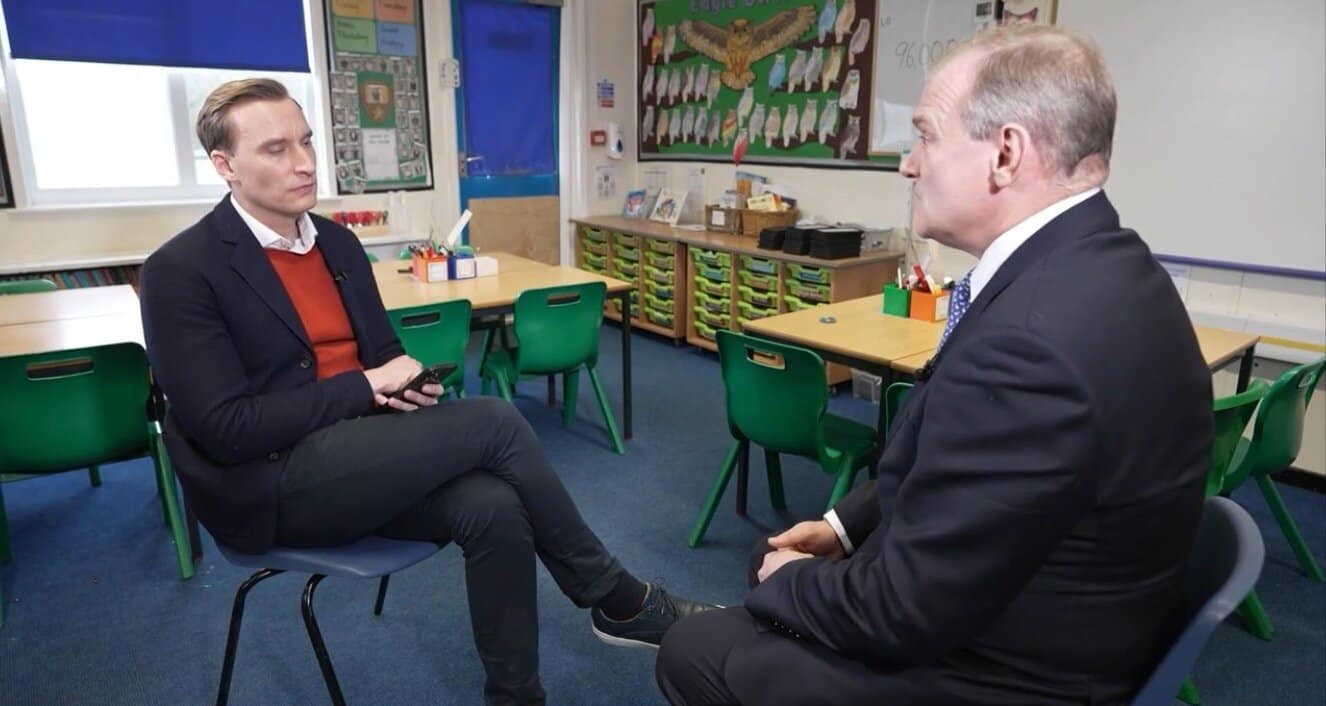Kate Shows How to Read Autocue
Catherine Princess of Wales made a very modern statement last week, to tell the world she is having chemotherapy, as cancer was found present in her recent surgery.
Rather than a written missive, the Princess casually dressed in a jumper, recorded a short video in a spring garden.
Reading autocue is a lot more difficult than it sounds and ‘Kate’ as she is known to the world, did an excellent job. She has surely been coached.
We constantly advise people against trying to read autocue. It is just not something untrained people can do well. Learning to adlib around a set of bullet points is much easier for most.
A lot of the secret of good autocue delivery is in the writing. When you write for the ‘ear’ rather than for the ‘eye’ as my colleague Eric Dixon would put it, you need a different writing style. Shorter words, shorter sentences, and plenty of grammatical contractions, such as I’m, it’s and they’re, etc.
We can tell from the Royal statement that this was something very carefully written.
In breaking the news about her condition, she softens the blow by at first not using the word “cancer” as a noun, but instead as the adjective, “cancerous” – and even then in the negative, “non-cancerous”.
“In January I underwent major abdominal surgery in London, and at the time it was thought my condition was non-cancerous.”
Only once the subject has been introduced does she use ‘the C word’ as a noun, but in its past tense (“had been present”) and immediately after the positive results of the operation had been mentioned:
“The surgery was successful. However, tests after the operation found that cancer had been present.”
We think this is the work of a professional wordsmith, although the publicity says the Princess wrote the statement herself.
But even the excellent writing should not detract from the very smooth performance. Most people reading a script (or anything) aloud, cannot manage to do it with what is called in the trade ‘standard intonation’. I’ll let Eric Dixon explain:
The trouble with reading out loud is that the natural rise and fall of spoken English – the placing of stress and emphasis on certain words and not on others – tends to go out of the window. People often focus too much on the words they are reading, rather than the meaning that lies behind them.
But emphasis plays a massive part in making sentences make sense. Compare “I don’t want to go THERE” (which is objection to the chosen location) to “I don’t WANT to go there” (which shifts the emphasis to the desirability of the trip, but leaves open the suggestion that they had resigned themselves to going anyway, or might yet be persuaded).
When being read out loud, I’ve even heard “I don’t want TO go there” – which doesn’t make any sense at all!
Coupled with a speedier pace (people tend to read out loud faster than they would usually speak), this leaves a narrower ‘bandwidth’ for expression, leaving many speakers sounding more monotone than usual. The Princess of Wales manages to avoid all of these things, in what is a very assured performance.
In this video the intonation is perfect. Plus, we note this has been recorded in one take. No editing. It is easy to spot an edit in a video if you know what you are looking for, and there is none here. We are guessing this was considered important to avoid adding fuel to the crazy internet conspiracy theorists who had such a field day about the doctored family photo released on Mother’s Day.
Of course, we don’t know how many ‘takes’ Kate took to get it perfect. But perfect it was. Well done!
If you would like to learn how to write and read a script on autocue this is something we can help with. We can also teach you how to ad-lib a short speech using our Message House method. Just get in touch to discuss our various training offerings. Email enquiries@themediacoach.co.uk or ring +44 (0)20 7099 2212.




